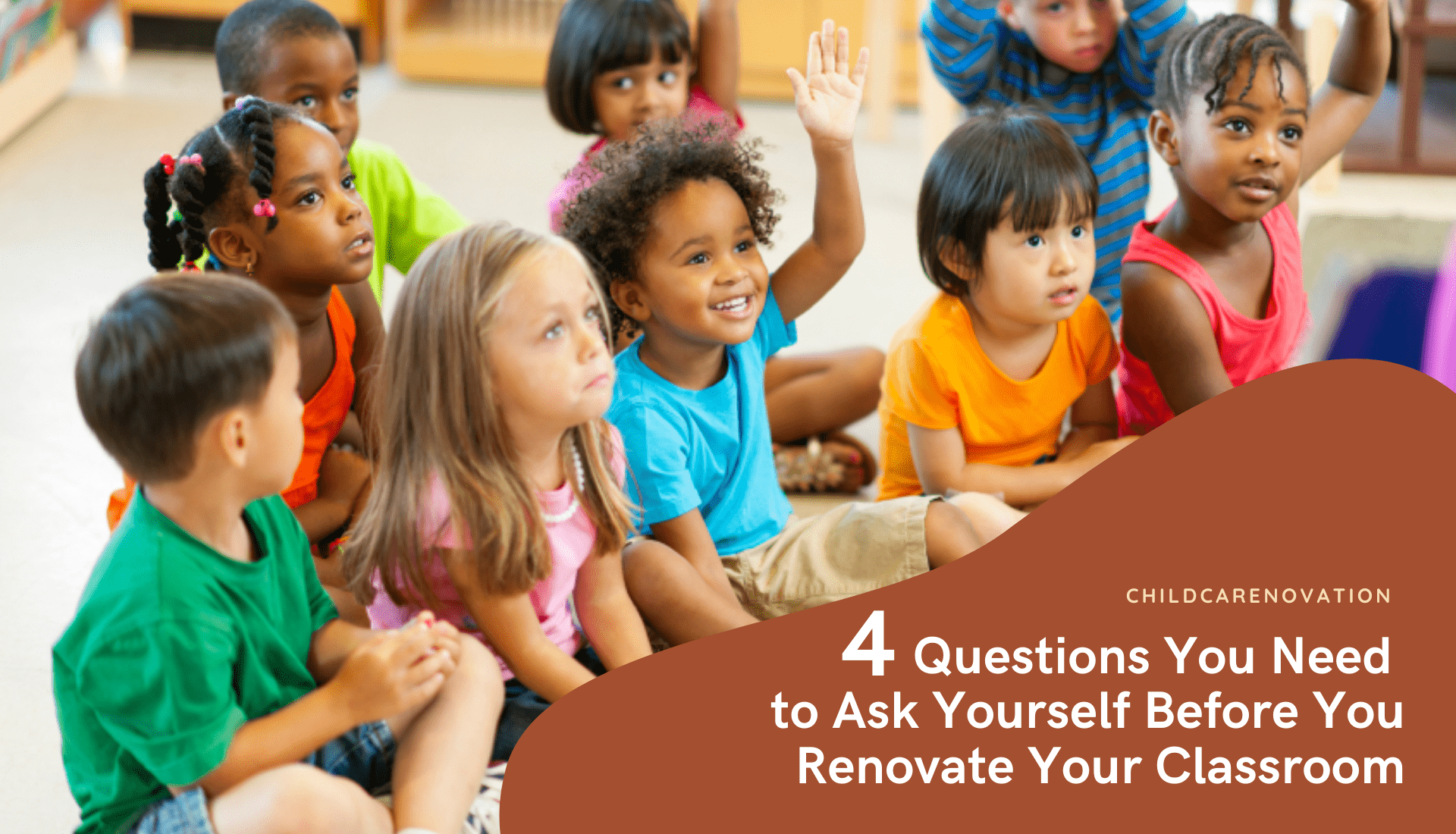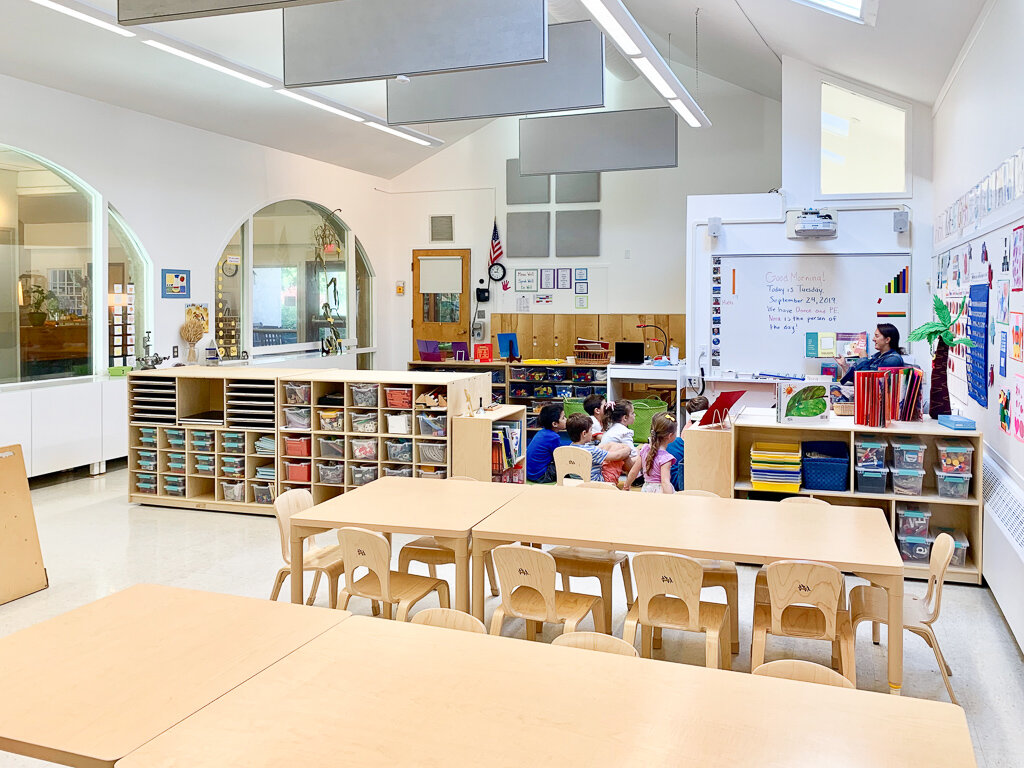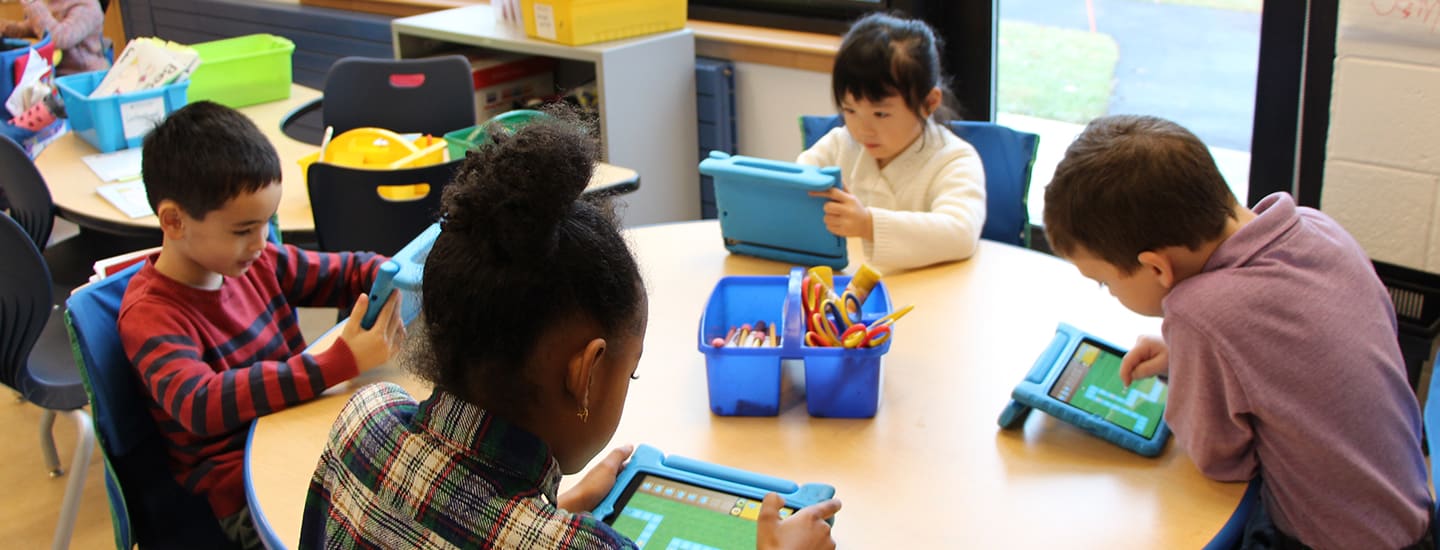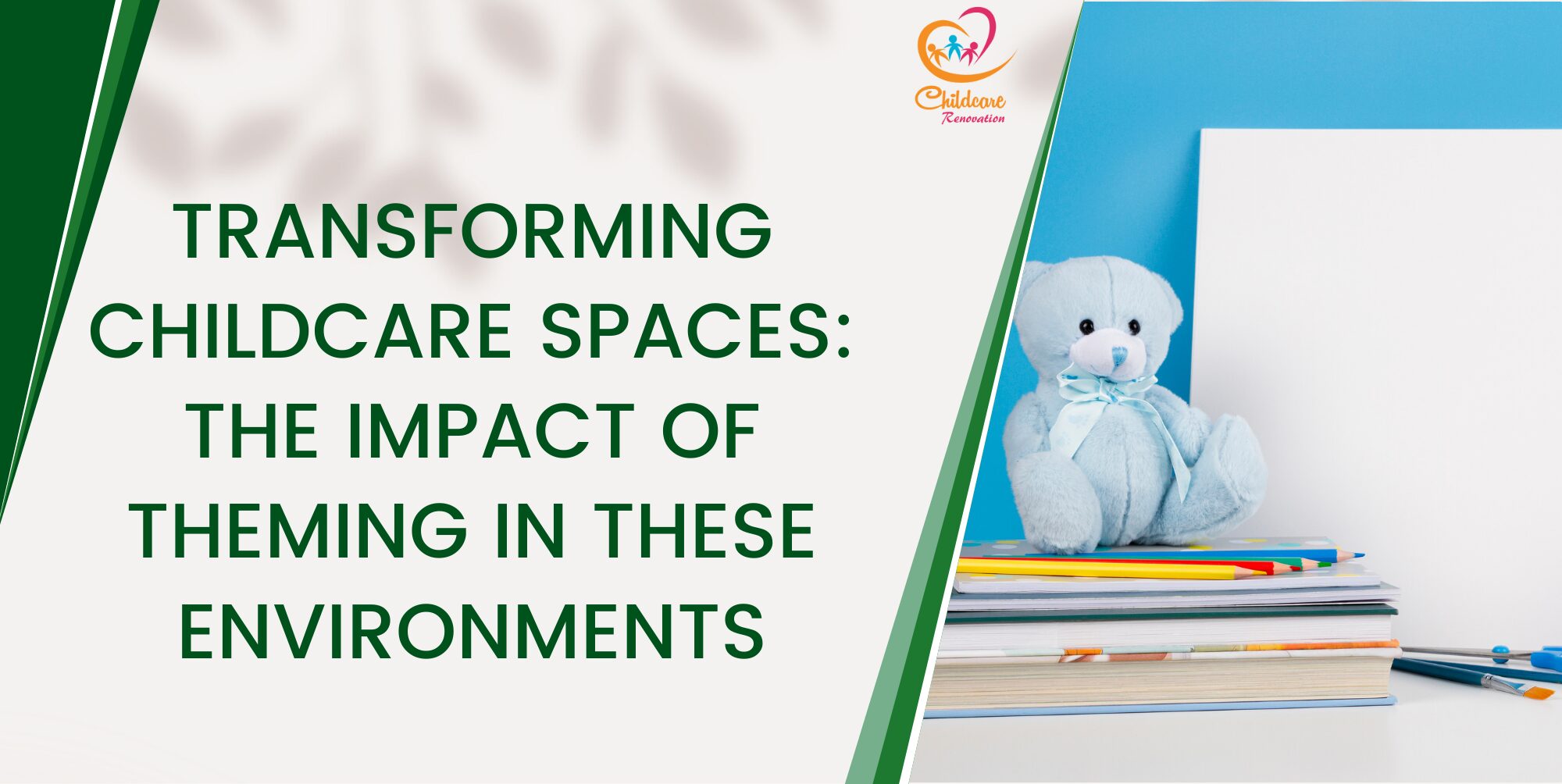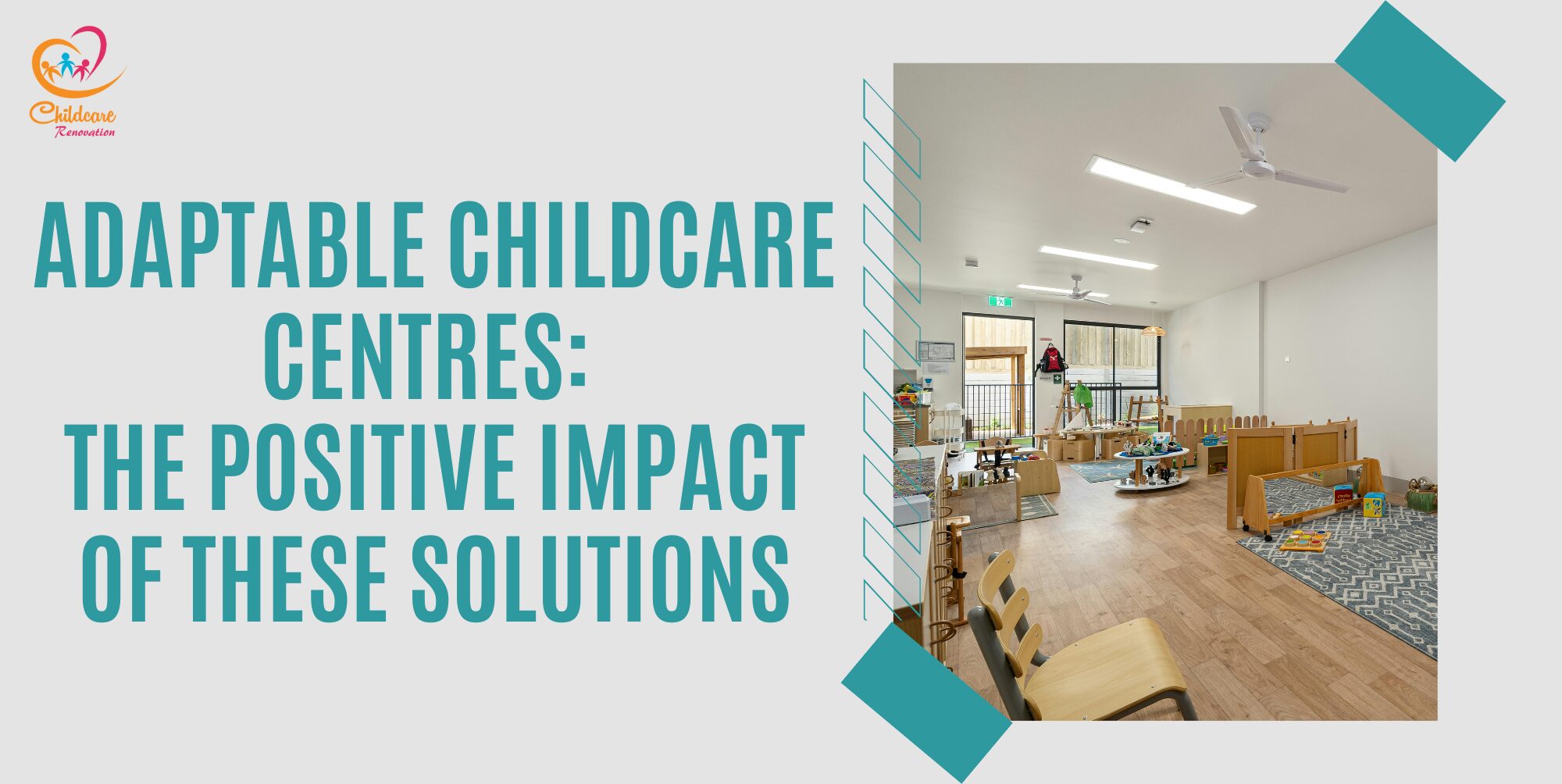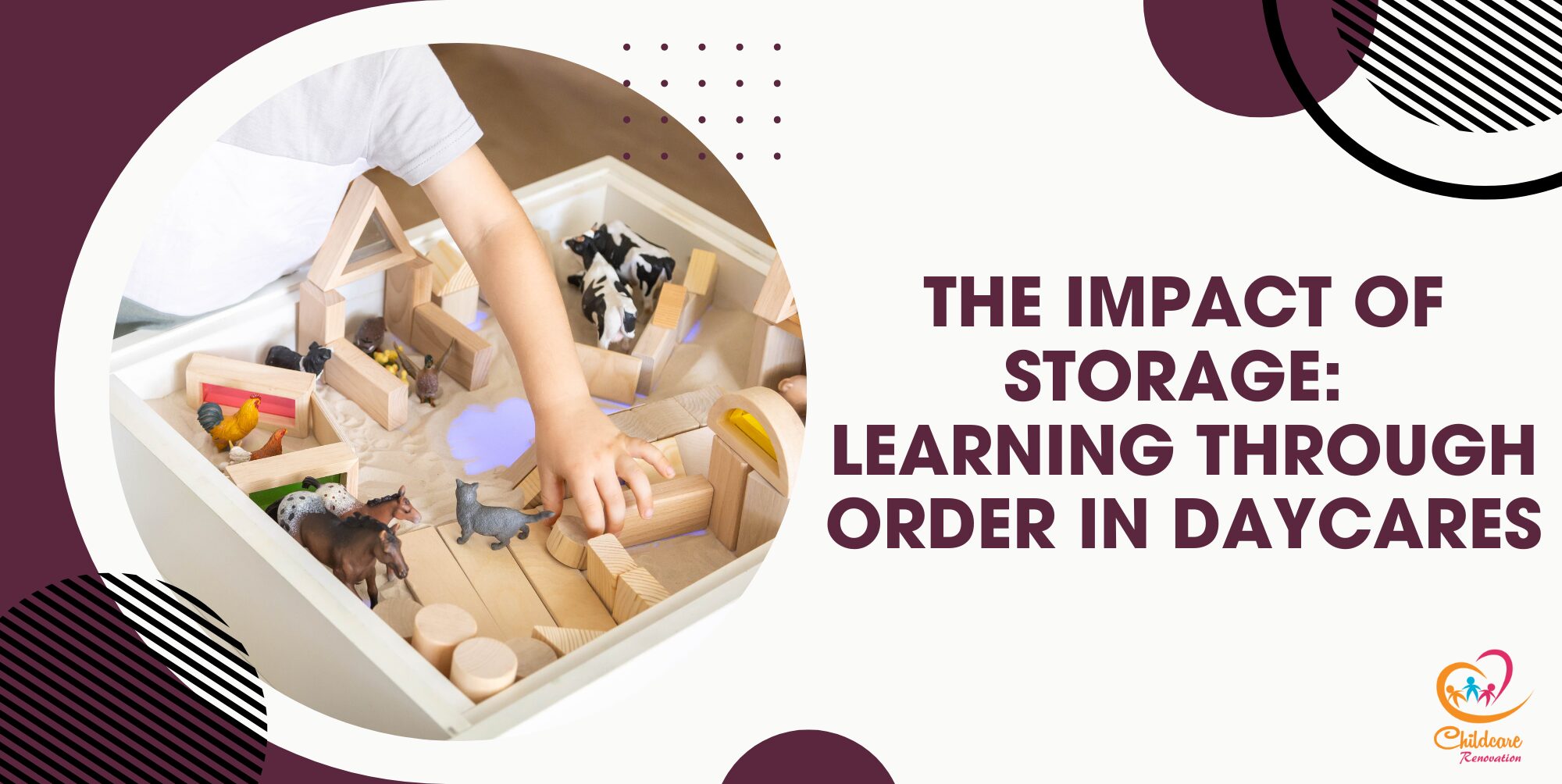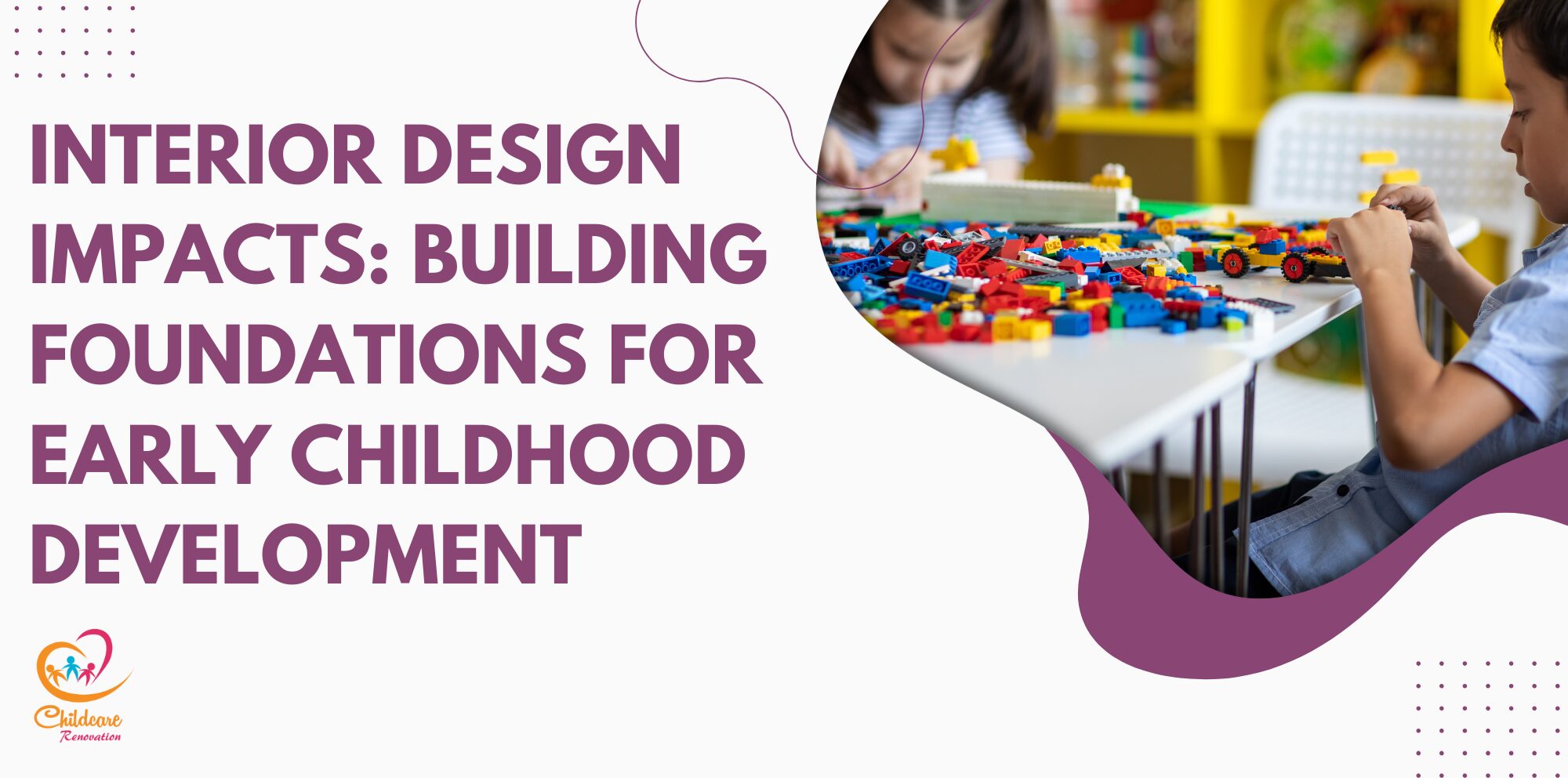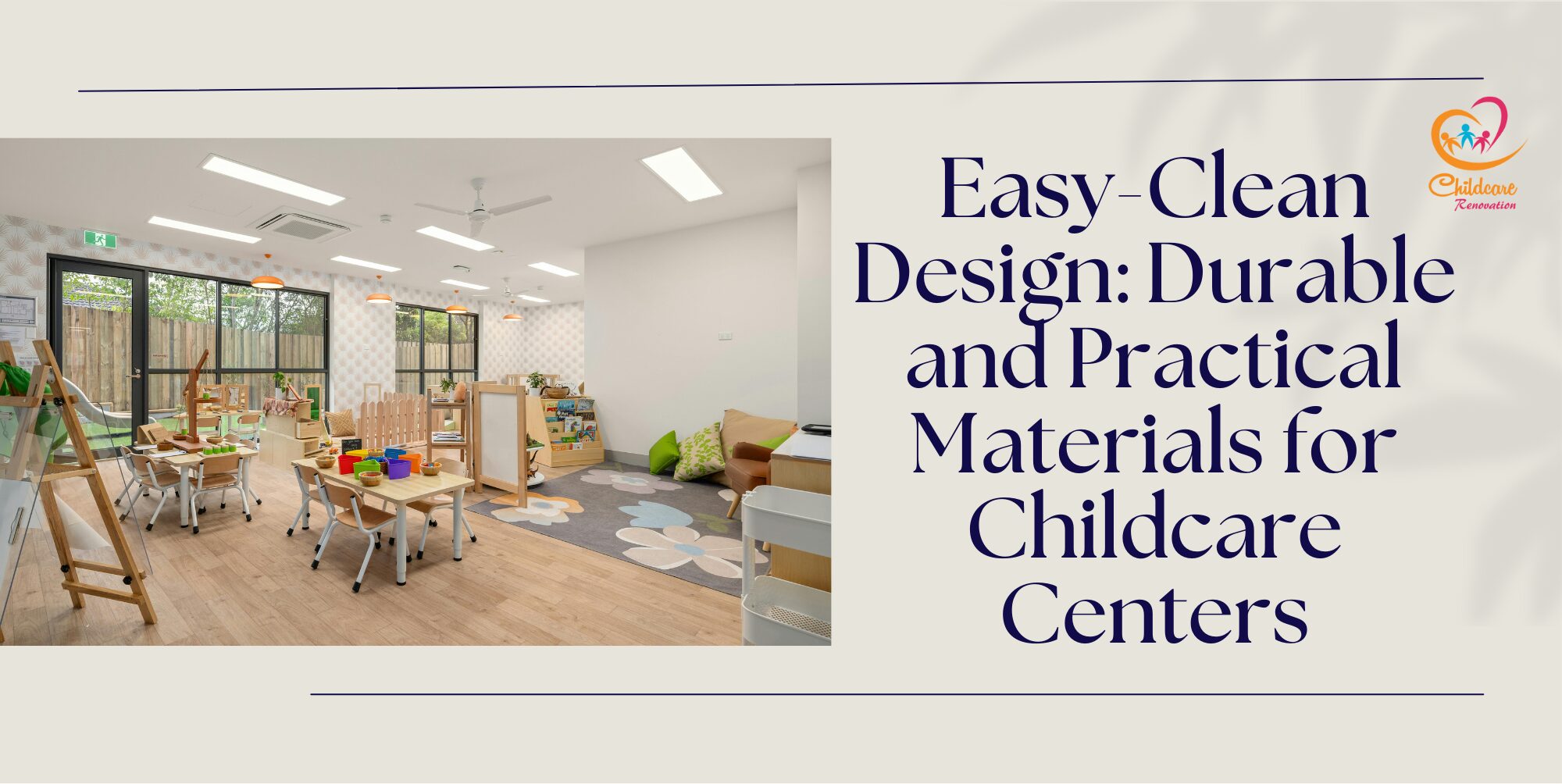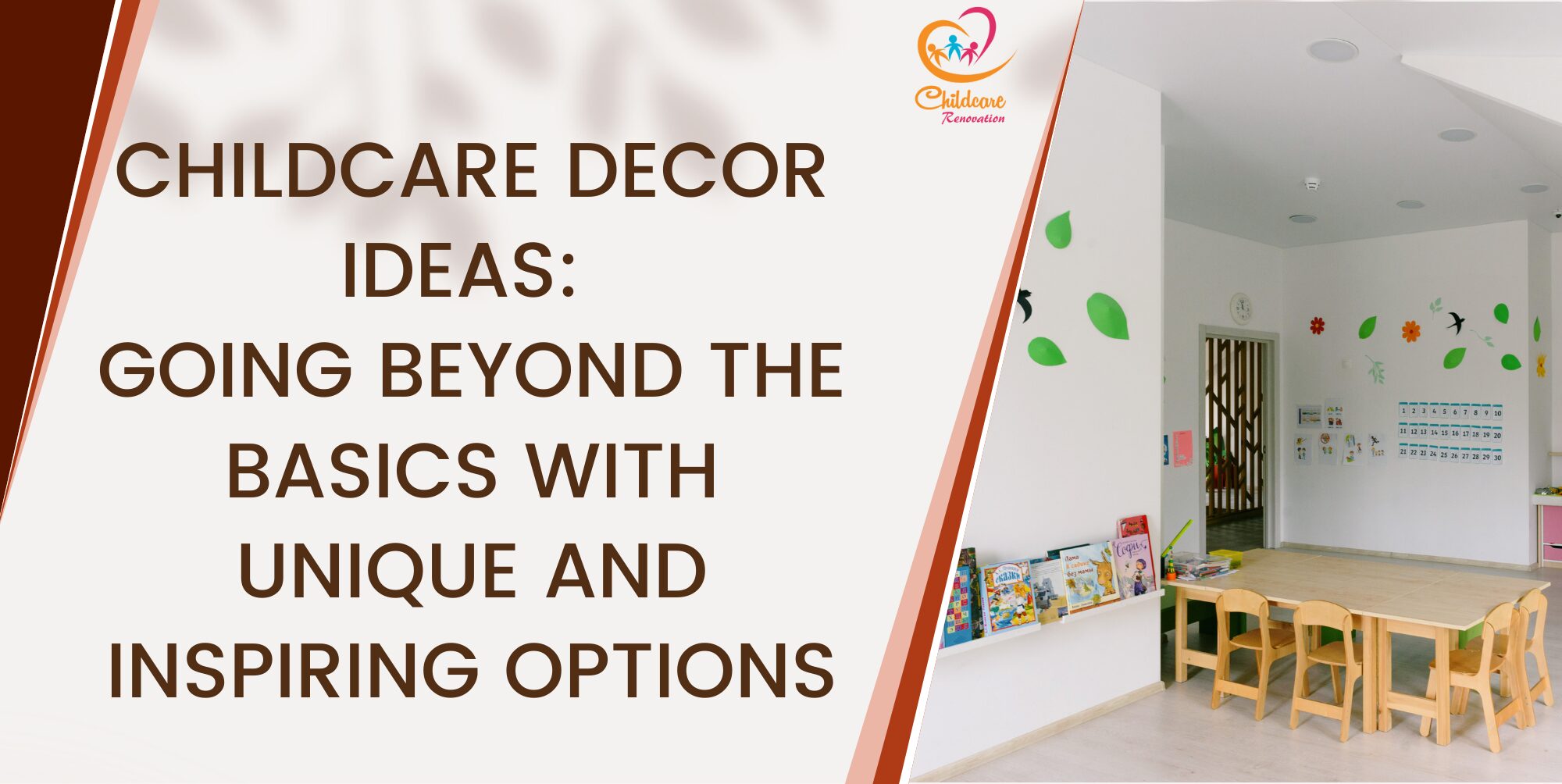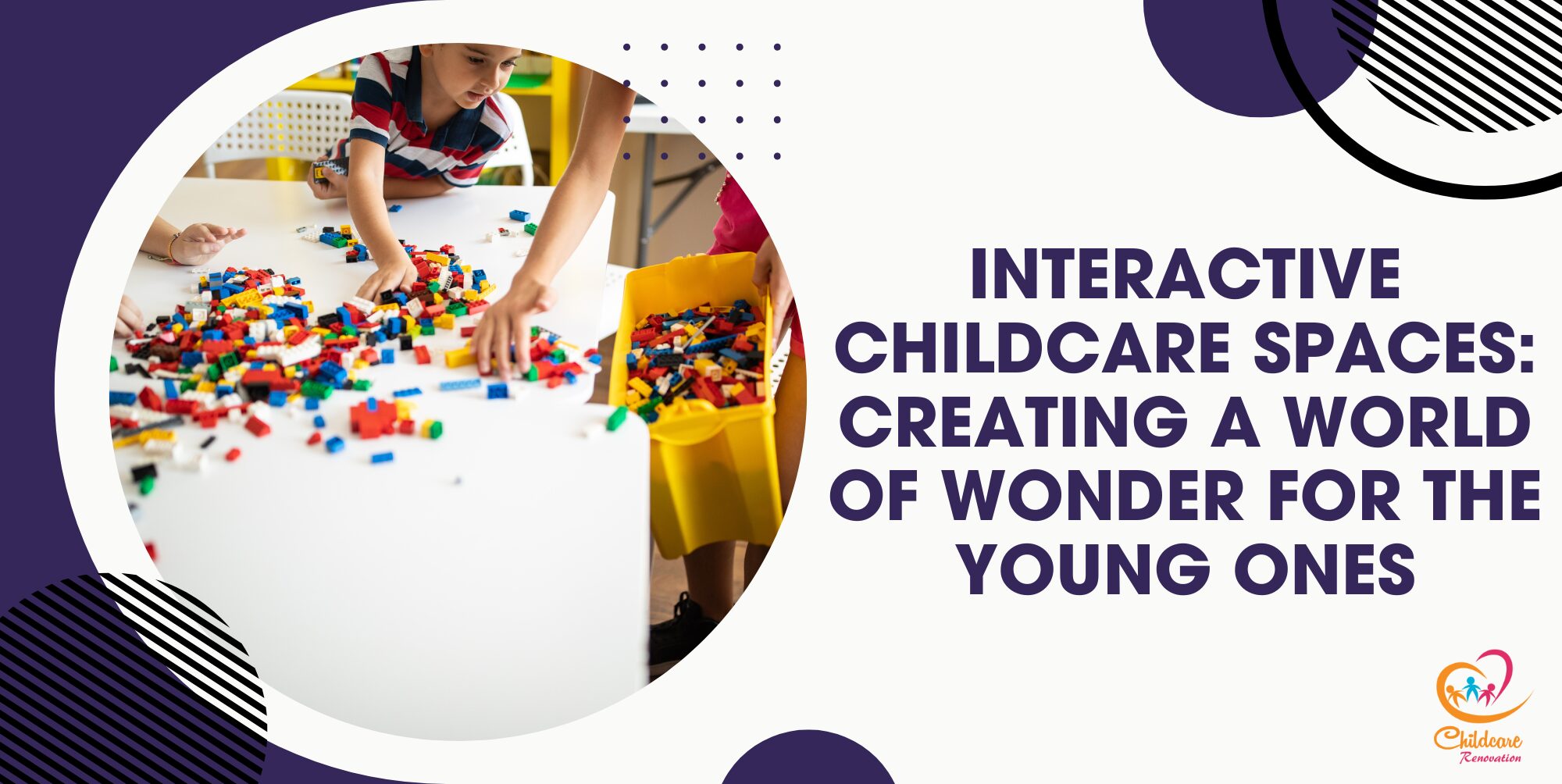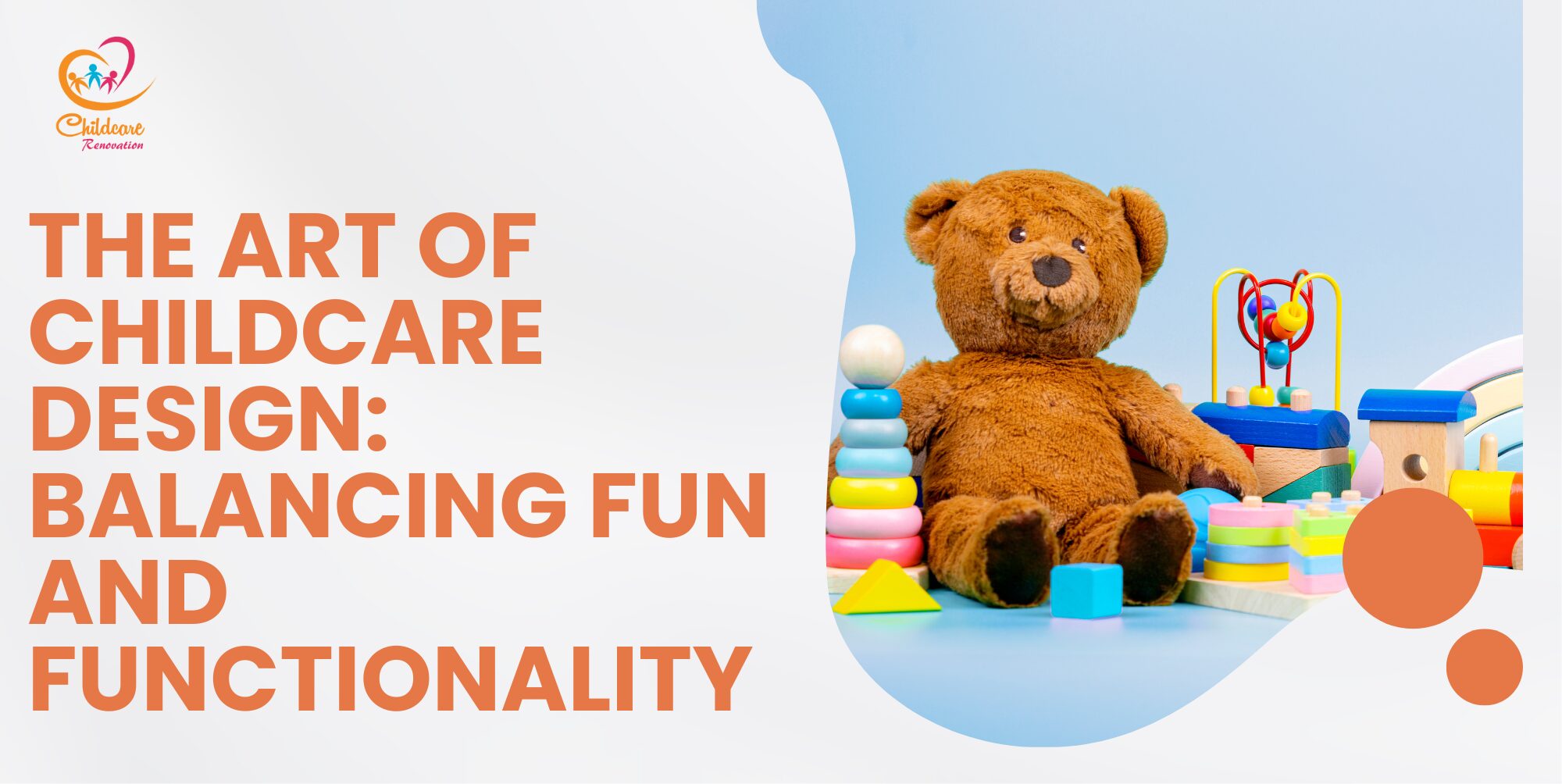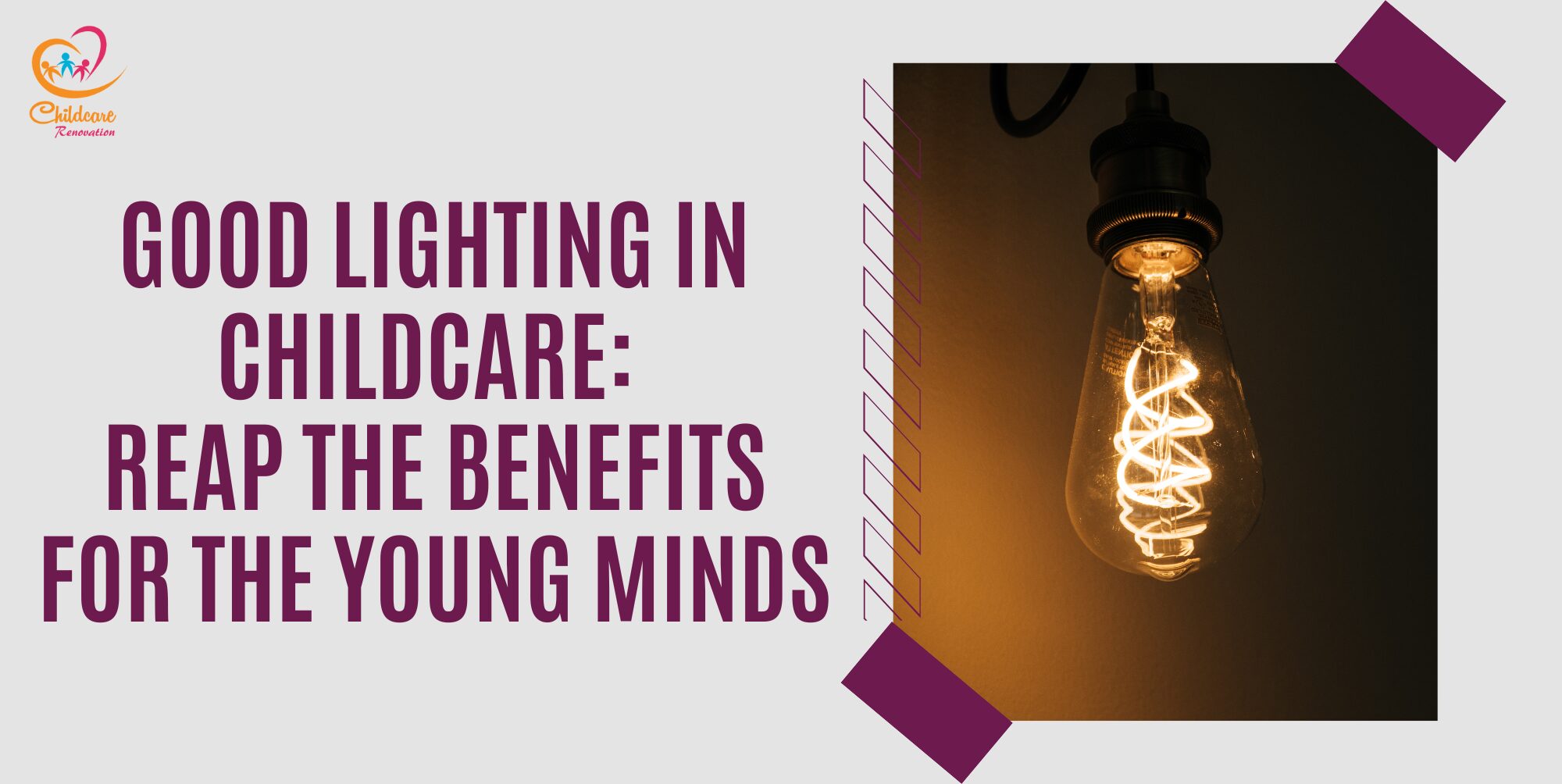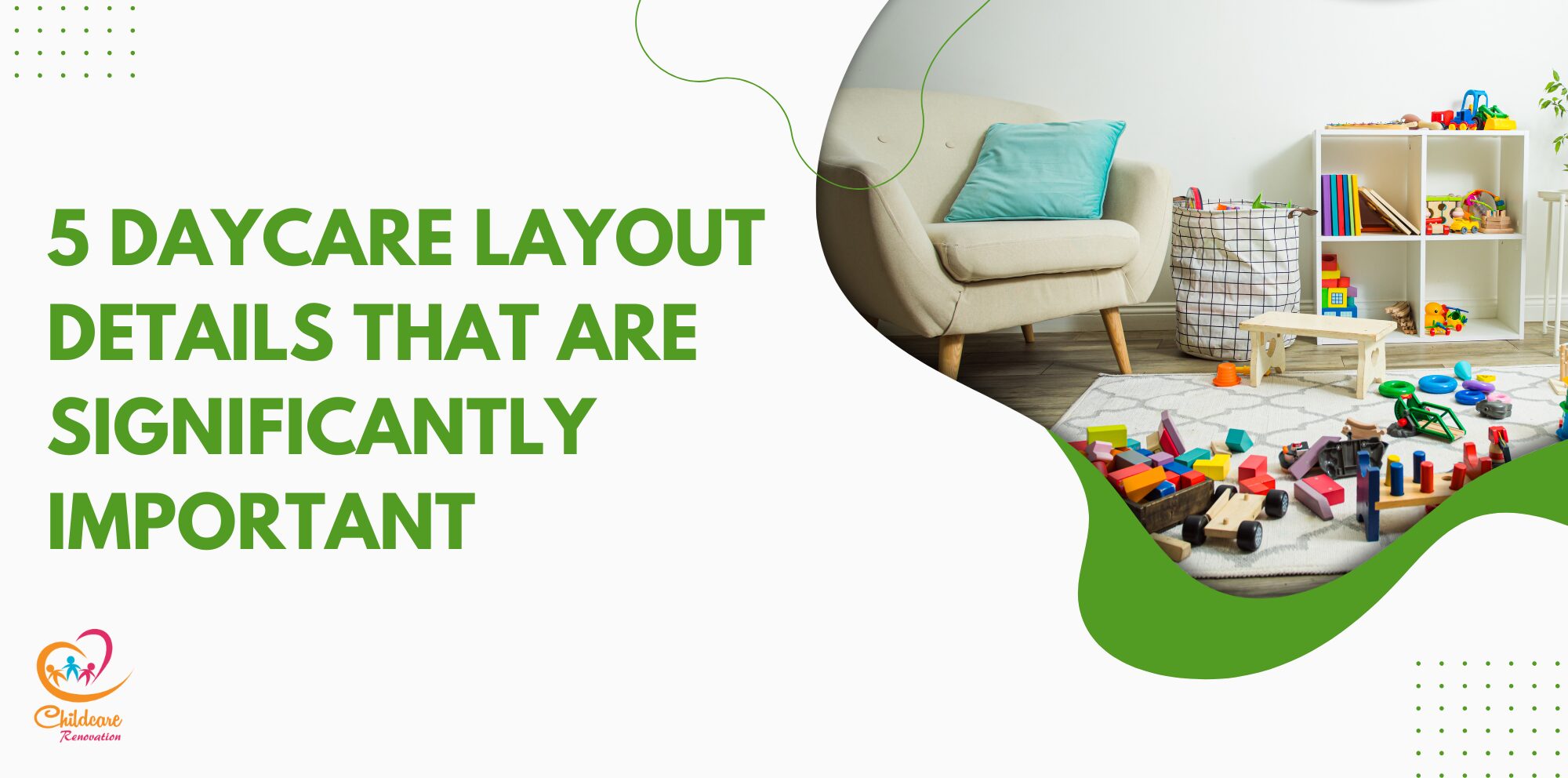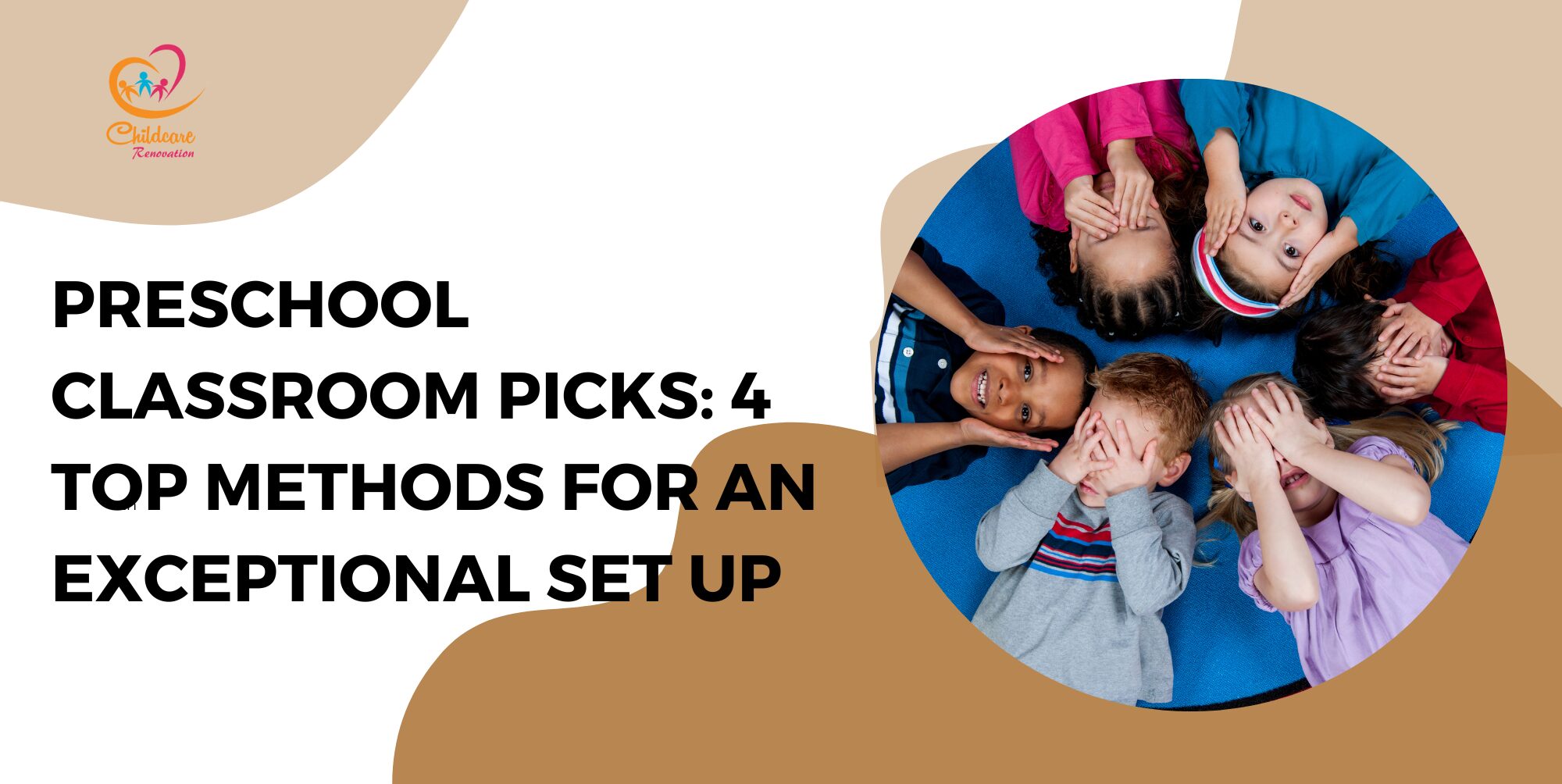Almost all pre-schools have an opportunity to make an impact on the personal and academic needs of all students through intentional learning space design. You’re probably already making shifts in instructional practices and infusing technology into classrooms, and you can support these changes by supplementing how your classrooms are furnished.
Ask yourself and the other educators in your building these four questions before you begin your renovate to help you meet modern learning goals and bring greater joy and engagement to the classroom.
1. How are you optimizing the perimeter of the room?
Image Credit: Video Hive
Attention and engagement are high-value items in classrooms, and too often, the walls of our classrooms aren’t optimized to support students. Visual noise can be a distraction for all students, and most don’t even recognize the negative cognitive impact of walls filled with items that don’t support learning.
With zero budget, all teachers can optimize their perimeters. This means looking at each wall with the intention on a regular basis and taking some of these steps:
- Move items to the background of the room to lead to greater focus and attention.
- Consider asking students which items on the walls they refer to for learning.
- Think about expiration-date reminders for items on the wall.
- Look at the color palette that you have created around the perimeter, and limit what you can to avoid visual clutter.
2. In what ways are the classroom changes in line with the school’s overall principles of design?
Image Credit: Gofundme
Individual classroom design can make a difference in learning, but there is a multiplicative effect when the entire building is on a journey to optimize learning spaces and all teachers are designing with intention.
Some schools will develop a set of learning space design principles that are applied to all learning spaces throughout the building. This can also be done by teams or grade levels, but either way allows everyone to work together to implement research-based ideas that will support students.
Design principles could include having fewer items in classrooms than the previous month, making sure students have access to more writable space, and valuing movement in the classroom by giving students permission to choose spots that allow them to do their best work.
3. How often do you use student feedback to guide your learning space design changes?
Image Credit: Screenflex
Educators value student’s voice, and we often work to make sure that it is a part of the instruction and assessment process. However, it’s not often a regular practice to consider student voice when evaluating our learning space design.
We often assume the choices that we make about the learning space will positively impact students, but we don’t ask them often enough about whether they agree. To see our classrooms through a new lens, you may ask students how the space serves them and how it could be improved.
Strategies to gain insight from students include asking an exit ticket question once or twice a month, having students stand in their favorite locations in the room, and having students draw a sketch of the room to identify the worst parts of the room.
4. In what ways do you plan to tell the story of your redesigned space?
Image Credit: indesignlive
As you begin planning your classroom’s renovation, think ahead about how you want to tell the story of your new space. It isn’t about decorating, and it certainly isn’t about experimenting on kids. The work you are preparing to do is about improving student joy and engagement, which can lead to greater academic success.
So you be sure that you establish your “why” early on and then stay on message about how learning space design synced with modern instruction can be a powerful catalyst for supporting student growth.
Whether you’re planning for new classrooms, replacing the furniture in your current classrooms, or just making changes to the design of your classrooms, finding answers to these questions will help you make informed decisions.
These decisions, coupled with a strong design process that brings together educators, students, and design partners, can help you make a sustainable impact in your spaces and in your students’ learning outcomes.
Looking for a good plan design for your kindergarten? Our experts are ready to assist you!
Speak with The Experts
Planning to get started at your kindergarten but have no idea about it?
Childcare Center Renovation Singapore is a reliable company for renovation and interior design. They have about ten years of experience in this field and also have a good reputation from customers.
Call us now to get your desired kindergarten design ideas now!

